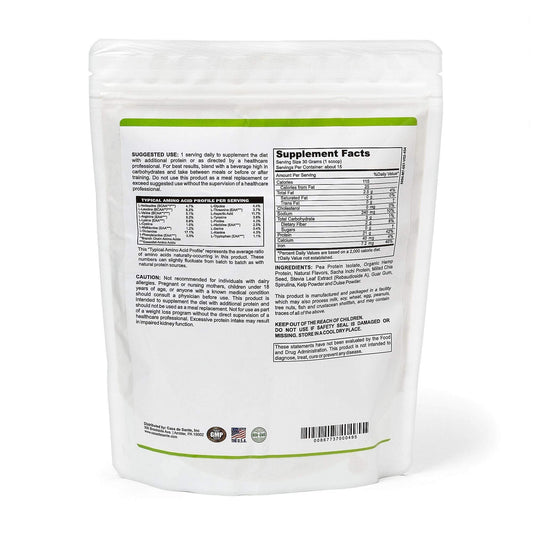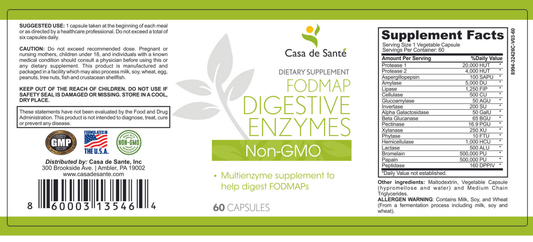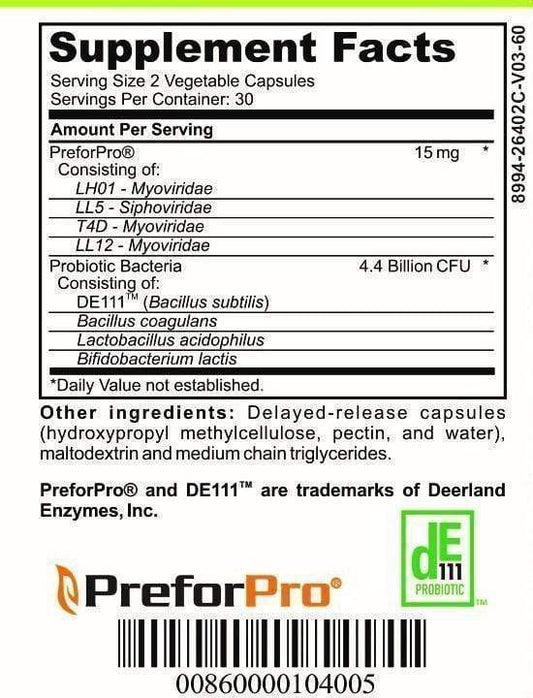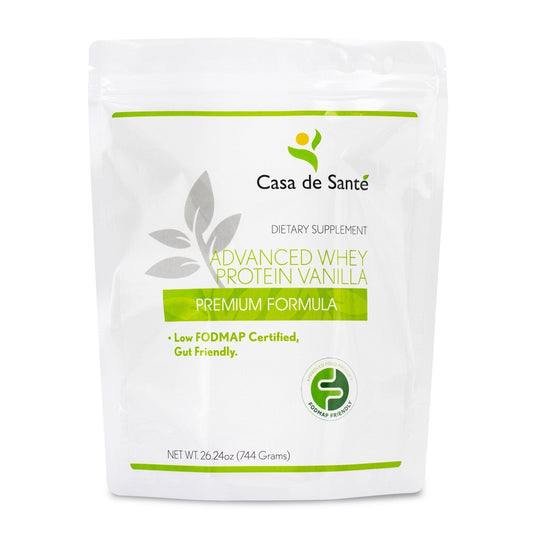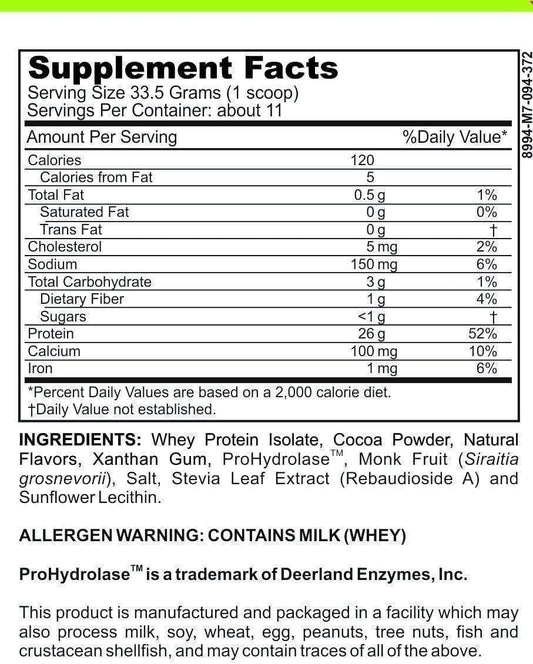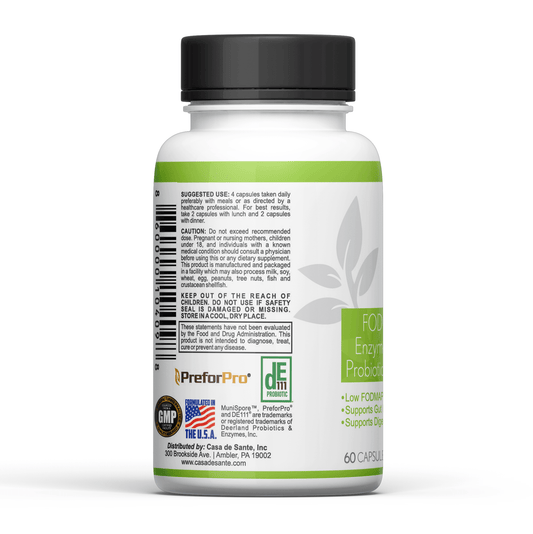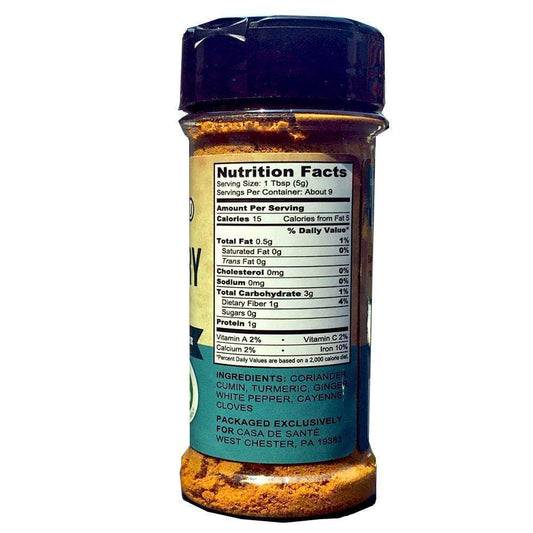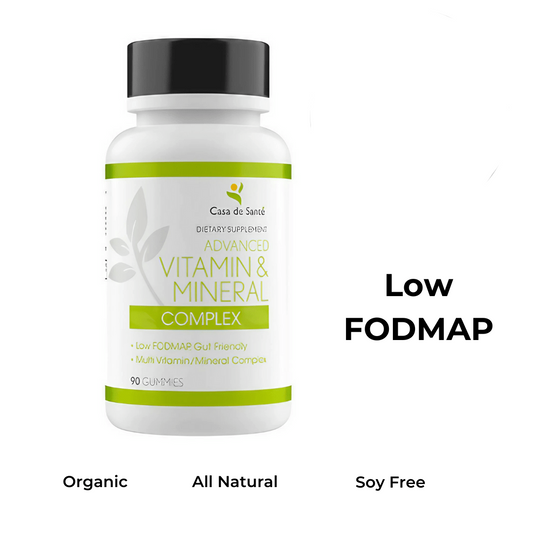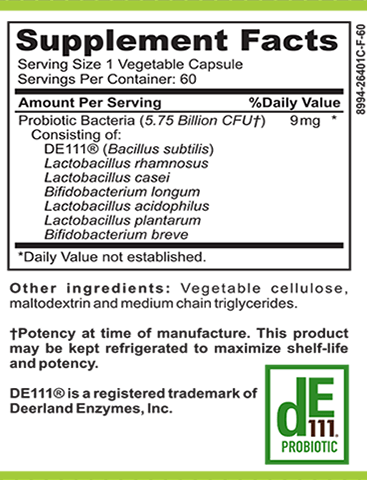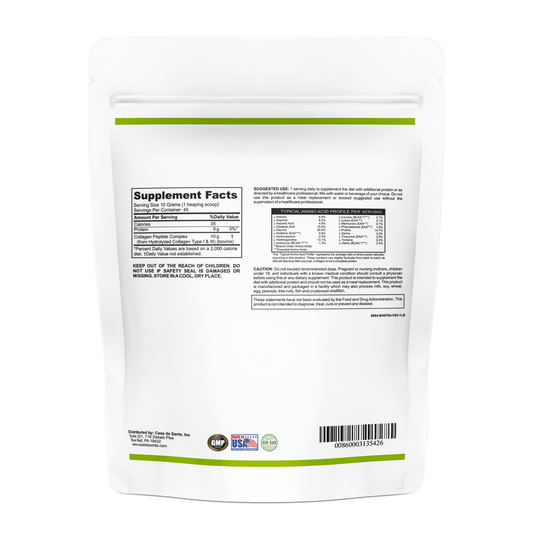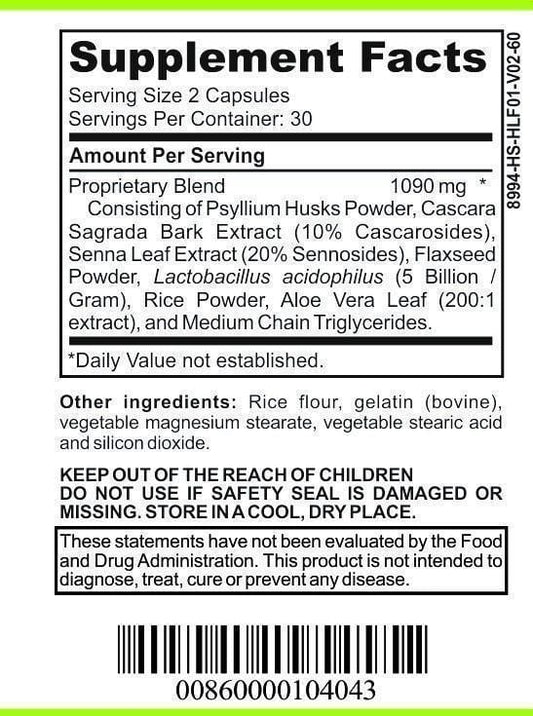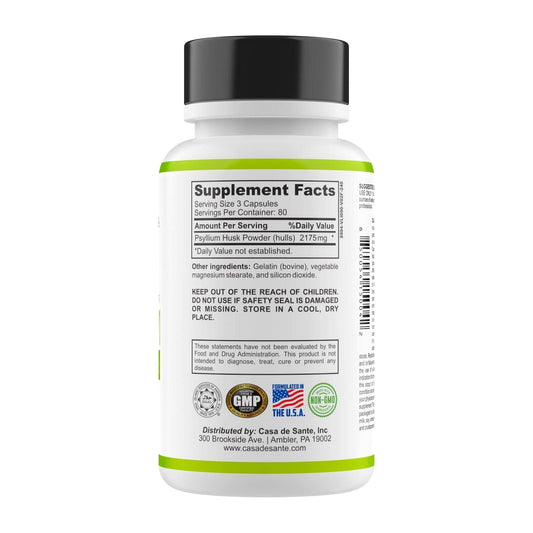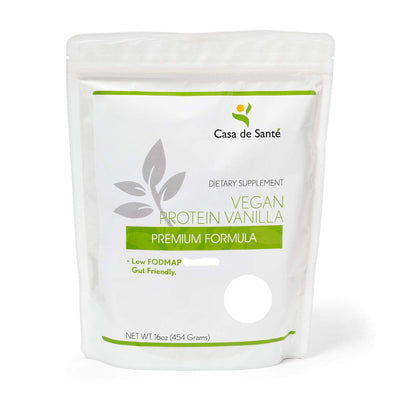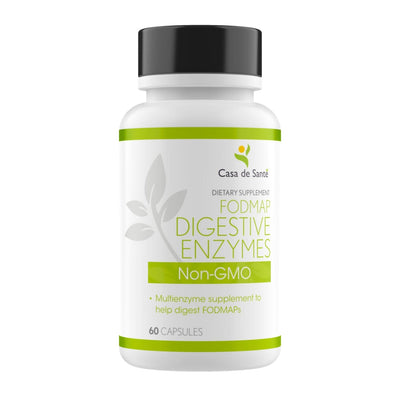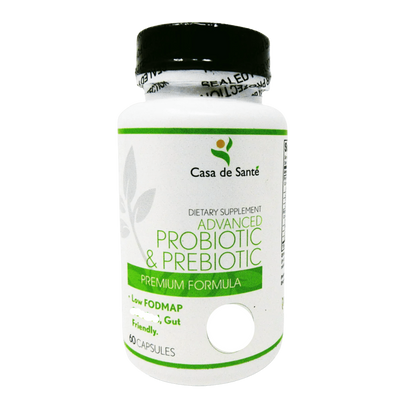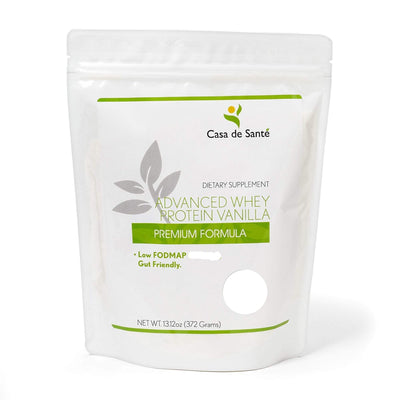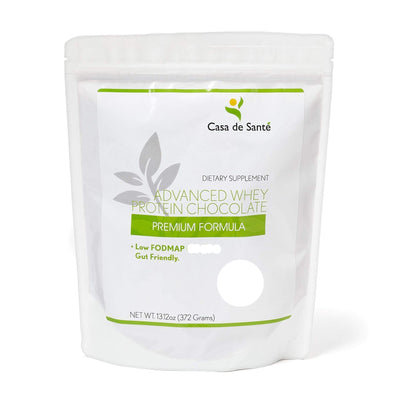Is Hominy Gluten Free
Is Hominy Gluten Free
Hominy is a popular ingredient in many traditional dishes, but if you follow a gluten-free diet, you may be wondering whether it is safe to consume. In this article, we will explore the relationship between hominy and gluten, and provide you with all the information you need to make an informed decision. Let's dive in!
Understanding Gluten and Its Effects
What is Gluten?
Gluten is a type of protein found in certain grains, such as wheat, barley, and rye. It gives dough its elasticity and helps it maintain its shape. For individuals with celiac disease or gluten intolerance, consuming gluten can lead to various health issues, including digestive problems, nutrient deficiencies, and inflammation.
Gluten is not only found in grains but also in various processed foods and condiments. It can be used as a thickening agent in soups, sauces, and gravies, or as a binding agent in processed meats. Therefore, it's important to carefully read food labels and be aware of potential sources of gluten in your diet.
Common Sources of Gluten
Gluten is present in many everyday foods, including bread, pasta, cereal, and baked goods made with wheat flour. These foods are staples in the diets of many people around the world, making it challenging for those with gluten sensitivities or celiac disease to navigate their food choices.
In addition to the obvious sources of gluten, it can also hide in unexpected places. For example, certain types of soy sauce contain gluten, as do some salad dressings and marinades. Even some medications and supplements may contain gluten as a filler or binding agent. Therefore, it's crucial for individuals with gluten sensitivities to be vigilant and knowledgeable about potential hidden sources of gluten.
Health Implications of Gluten
For people with celiac disease, consuming even small amounts of gluten can trigger a severe immune response that damages the lining of the small intestine. This can lead to malabsorption of nutrients and various symptoms, including abdominal pain, diarrhea, fatigue, and weight loss. The damage to the small intestine can also increase the risk of developing other autoimmune disorders and certain types of cancer.
Gluten sensitivity or intolerance can cause similar symptoms but without the immune system's involvement. Individuals with gluten sensitivity may experience digestive issues, such as bloating, gas, and diarrhea, as well as fatigue, joint pain, and headaches. While the symptoms may not be as severe as those experienced by individuals with celiac disease, they can still significantly impact one's quality of life.
Now that we have a better understanding of gluten, let's explore the basics of hominy.
Hominy is a type of corn that has been treated with an alkali solution, such as lime or lye. This process, known as nixtamalization, removes the hull and germ of the corn, resulting in a larger, softer, and more digestible kernel. Hominy has been a staple food in many cultures for centuries and is commonly used in dishes like pozole, grits, and hominy stew.
One of the main benefits of nixtamalization is that it increases the nutritional value of corn. The alkali solution used in the process helps release niacin, an essential B vitamin, making it more bioavailable to the body. This is particularly important in regions where corn is a dietary staple, as niacin deficiency can lead to a condition called pellagra.
In addition to its nutritional benefits, hominy also offers a unique texture and flavor to dishes. The process of nixtamalization gives the corn a slightly chewy texture and a subtle, earthy taste. It can be used as a base for soups and stews or as a side dish on its own. Hominy is also a versatile ingredient that can be seasoned and prepared in various ways to suit different culinary preferences.
So, whether you're looking to explore gluten-free alternatives or simply want to try something new in the kitchen, hominy is a fascinating ingredient worth discovering.
The Basics of Hominy
Hominy is a type of corn that has undergone a process called nixtamalization. This traditional technique involves soaking the corn kernels in an alkaline solution, usually made from water and lime, which helps remove the outer hull and soften the kernels. The resulting product is then dried and can be further processed into various forms, such as whole kernels or ground into masa flour.
But what makes hominy so special? Let's dive deeper into the process of making hominy and explore its nutritional profile.
How is Hominy Made?
The process of making hominy starts with dried corn kernels, which are soaked in the alkaline solution for several hours. This causes the hull to loosen, making it easier to remove. The alkaline solution also helps break down the corn's tough outer layer, making the kernels more digestible and increasing their nutritional value.
After the soaking process, the corn is thoroughly rinsed to remove any remaining solution and hull. The resulting hominy is then dried, either by air drying or using specialized drying equipment. Once dried, it can be stored for later use or cooked immediately.
Hominy can be enjoyed in various dishes, such as stews, soups, and casseroles. It adds a unique flavor and texture to these dishes, making them more satisfying and delicious.
Nutritional Profile of Hominy
Hominy is not only tasty but also packs a nutritional punch. It is an excellent source of fiber, providing both soluble and insoluble fiber. Soluble fiber helps regulate blood sugar levels and lowers cholesterol, while insoluble fiber promotes healthy digestion and prevents constipation.
In addition to fiber, hominy is rich in B vitamins, such as niacin and thiamin. These vitamins are essential for energy production, brain function, and maintaining a healthy nervous system. Hominy also contains minerals like magnesium, phosphorus, and potassium, which are vital for bone health, muscle function, and maintaining electrolyte balance.
With its impressive nutritional profile, hominy can be a valuable addition to a balanced diet, providing essential nutrients and promoting overall well-being.
Now that we have a better understanding of hominy, let's explore its relationship with gluten.
Gluten is a protein found in wheat, barley, and rye, but not in corn. Therefore, hominy is naturally gluten-free, making it a suitable choice for individuals with gluten sensitivities or celiac disease. It can be used as a substitute for wheat-based grains in various recipes, allowing those with dietary restrictions to still enjoy delicious and nutritious meals.
So, whether you're looking to add more fiber to your diet, explore new flavors, or accommodate gluten-free needs, hominy is a versatile and nutritious ingredient worth incorporating into your culinary repertoire.
Hominy and Gluten
Processing of Hominy and Its Impact on Gluten Content
The good news for individuals following a gluten-free diet is that hominy itself does not contain gluten. The nixtamalization process used to make hominy involves removing the corn's outer hull, which is where gluten would typically be found in grains like wheat. This process not only enhances the flavor and texture of the corn but also eliminates any gluten that may have been present.
During nixtamalization, the corn kernels are soaked in an alkaline solution, usually made from water and calcium hydroxide or wood ash. This soaking process softens the kernels and loosens the hull, making it easier to remove. The alkaline solution also helps break down the proteins in the corn, including any potential gluten, making it safe for those with gluten sensitivities or celiac disease.
Once the hull is removed, the corn is thoroughly washed to remove any remaining alkaline solution, ensuring that no traces of gluten or other unwanted substances are left behind. This meticulous washing process is an important step in the production of gluten-free hominy.
Is Hominy Safe for People with Celiac Disease?
While hominy is naturally gluten-free, it's important to note that some canned or processed hominy products may contain additives or seasonings that could contain gluten. These added ingredients can potentially introduce gluten into the final product, making it unsafe for individuals with celiac disease or severe gluten intolerance.
Therefore, when choosing hominy products, it's crucial to carefully read labels and look for certified gluten-free products. These products undergo rigorous testing and certification processes to ensure that they meet the strict standards set for gluten-free foods. By opting for certified gluten-free hominy, individuals with celiac disease can enjoy this delicious corn product without worrying about any adverse reactions.
It's also worth noting that cross-contamination is always a concern in food production facilities. Even if the hominy itself is gluten-free, there is a possibility of gluten contamination during processing or packaging. To minimize this risk, reputable manufacturers implement strict quality control measures and adhere to stringent sanitation practices to prevent cross-contamination. However, individuals with celiac disease or severe gluten intolerance may still want to exercise caution and choose hominy products from trusted brands that prioritize gluten-free production.
Additionally, if you have celiac disease or severe gluten intolerance, it's advisable to consult with a healthcare professional or registered dietitian for personalized guidance. They can help you navigate the complexities of a gluten-free diet and ensure that you make informed choices when it comes to including hominy in your meals.
For those who need to avoid gluten, there are various alternatives to hominy that can be incorporated into a gluten-free diet. Quinoa, rice, millet, and amaranth are just a few examples of gluten-free grains that can provide similar texture and versatility to hominy. Experimenting with these alternatives can open up a world of delicious possibilities for gluten-free cooking and allow individuals to enjoy a diverse range of flavors and dishes.
Gluten-Free Alternatives to Hominy
Gluten-Free Grains to Consider
If you're looking for gluten-free grains to replace hominy in your recipes, there are several options available. Quinoa, millet, rice, and buckwheat are all gluten-free grains that can be used as delicious and nutritious alternatives. These grains can be prepared and substituted in recipes in a similar way to hominy.
Preparing Gluten-Free Hominy Substitutes
If you're craving the texture and flavor of hominy but need a gluten-free alternative, consider using corn kernels or cornmeal. These gluten-free alternatives can be used in dishes like stews, soups, and even grits. You can experiment with different recipes and cooking methods to find the perfect gluten-free substitute for your favorite hominy dishes.
Now, let's address some frequently asked questions about the relationship between hominy and gluten.
Frequently Asked Questions about Hominy and Gluten
Can I Include Hominy in a Gluten-Free Diet?
Yes, hominy can be included in a gluten-free diet as long as it is labeled as such or prepared from scratch using certified gluten-free ingredients. Remember to always read product labels and look for certifications to ensure that the hominy you choose is safe for your gluten-free lifestyle.
How to Identify Gluten in Food Labels
When reading food labels, it's important to look for terms like "wheat," "barley," "rye," and "gluten" to identify ingredients that contain gluten. Additionally, be cautious of potential cross-contamination, as products manufactured in facilities that also process gluten-containing ingredients may not be suitable for individuals with celiac disease or severe gluten intolerance. If in doubt, reach out to the manufacturer for clarification.
In conclusion, hominy is generally considered gluten-free, but it's essential to choose certified gluten-free products and carefully read labels to ensure that you are consuming a safe product. For individuals with celiac disease or gluten intolerance, it's always best to consult with a healthcare professional or registered dietitian for personalized advice. Enjoy the versatility and goodness of hominy as part of your gluten-free diet!


